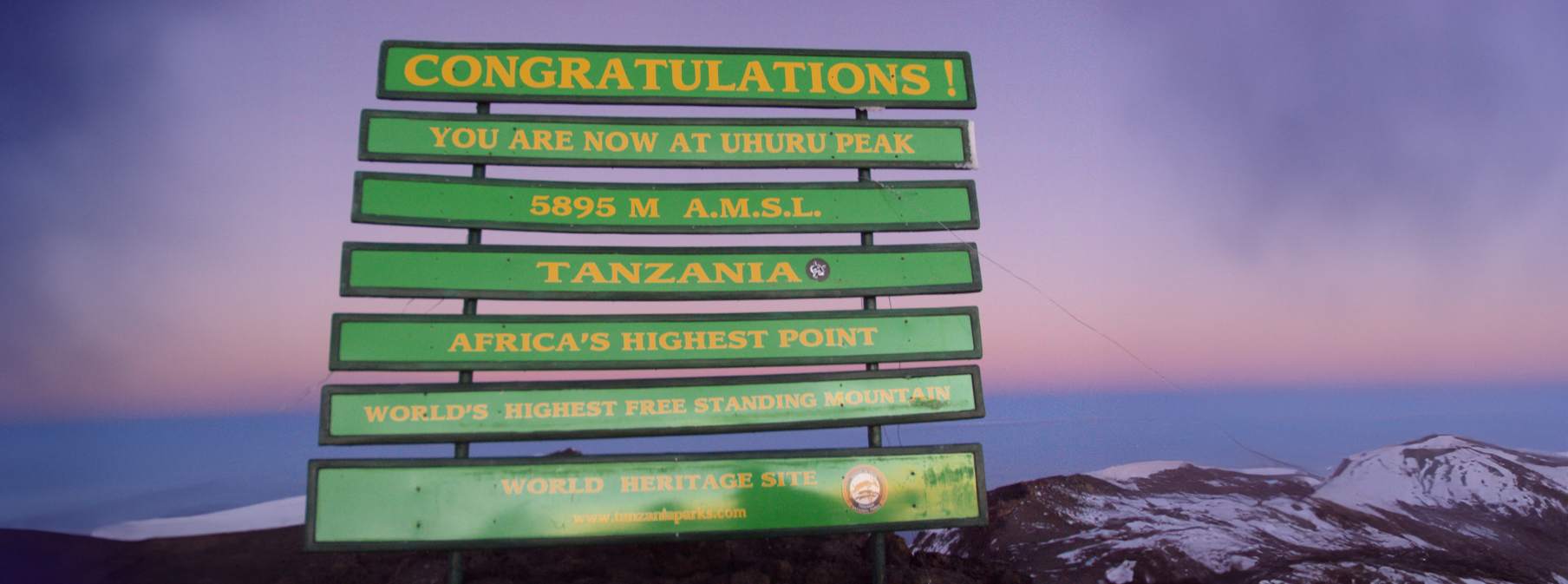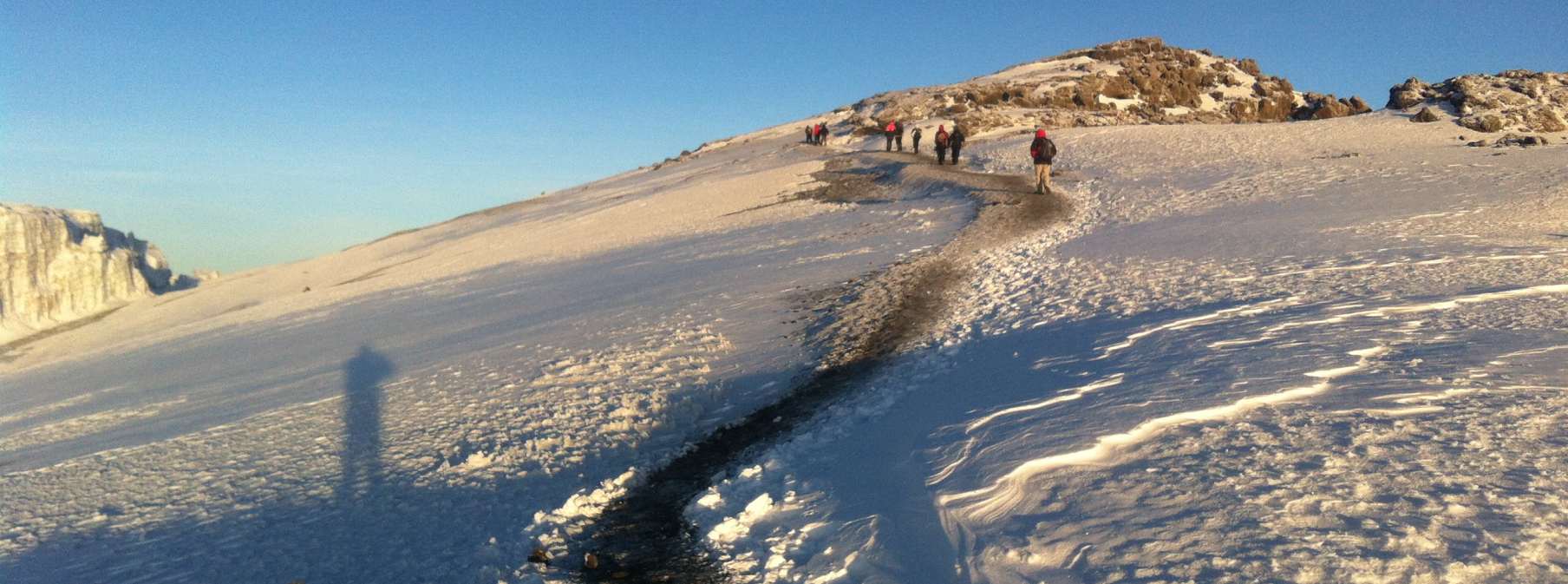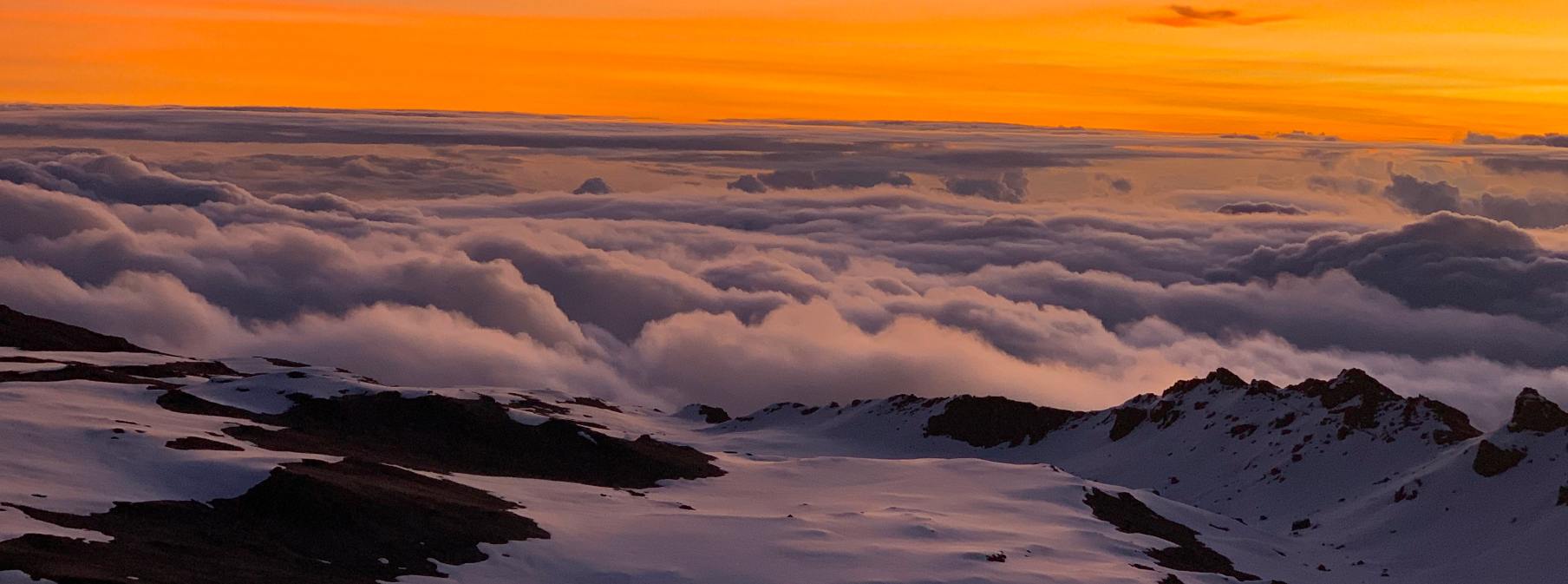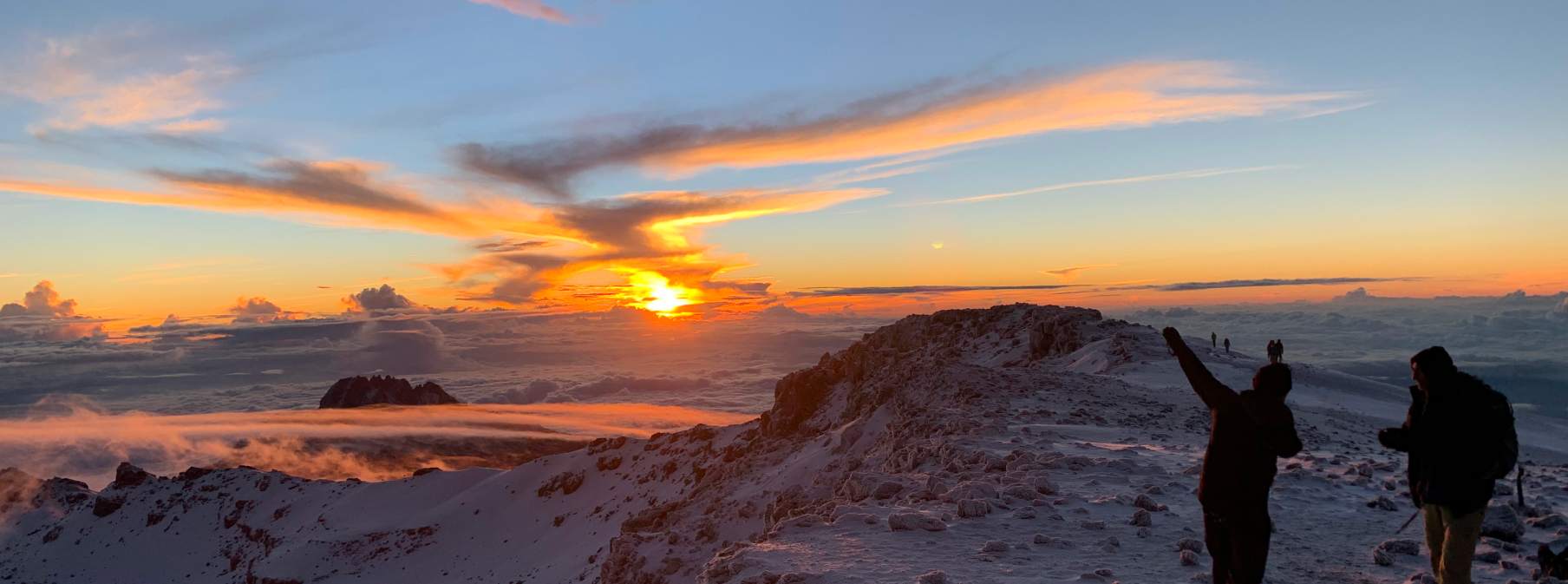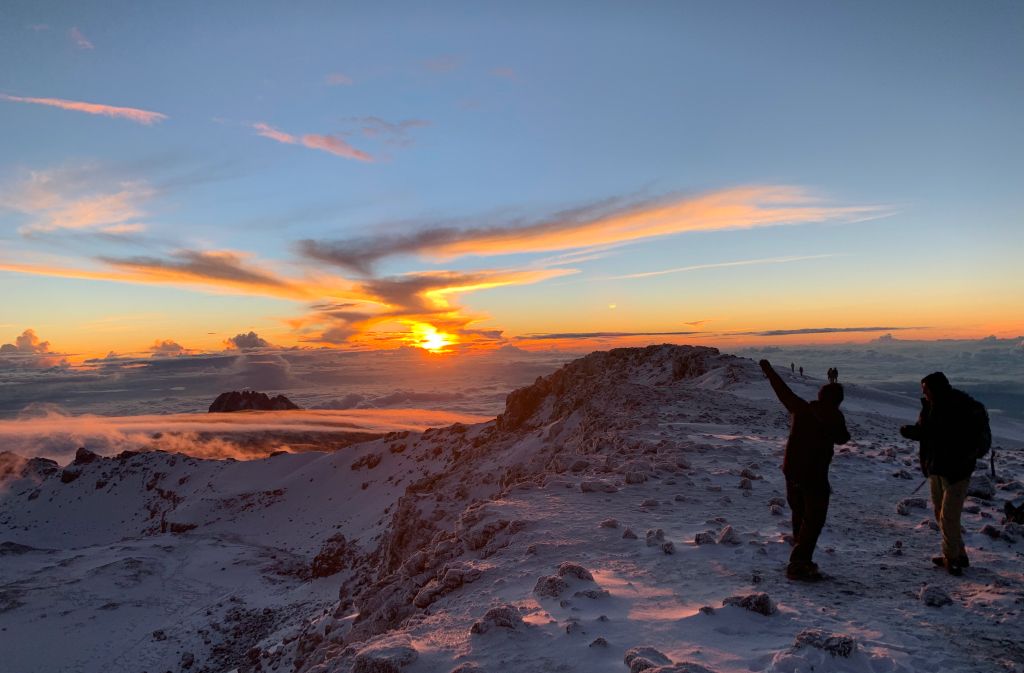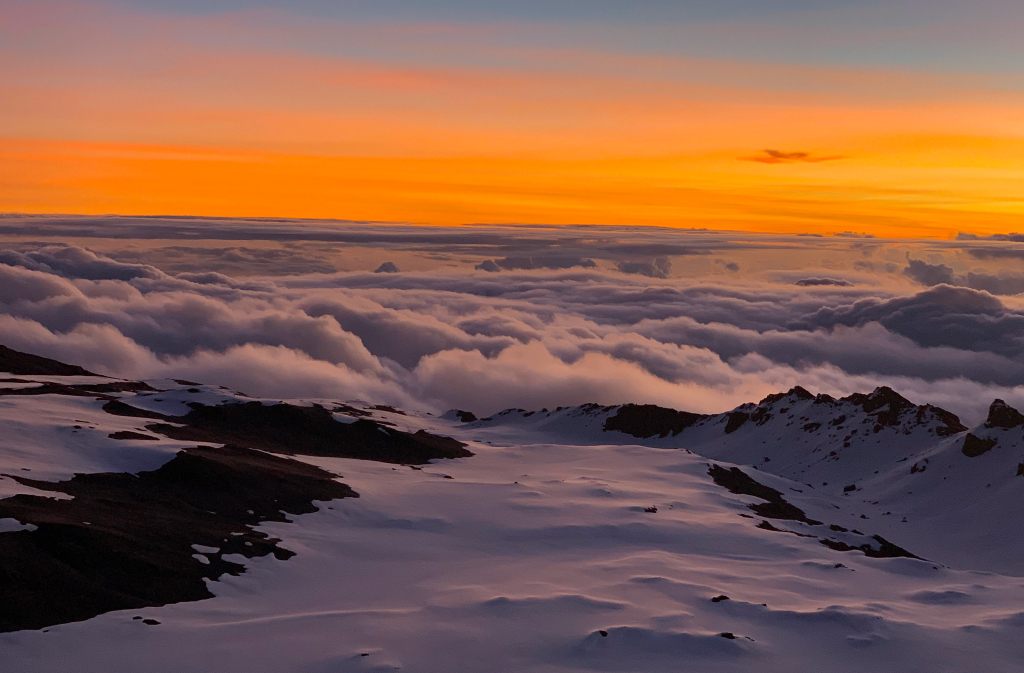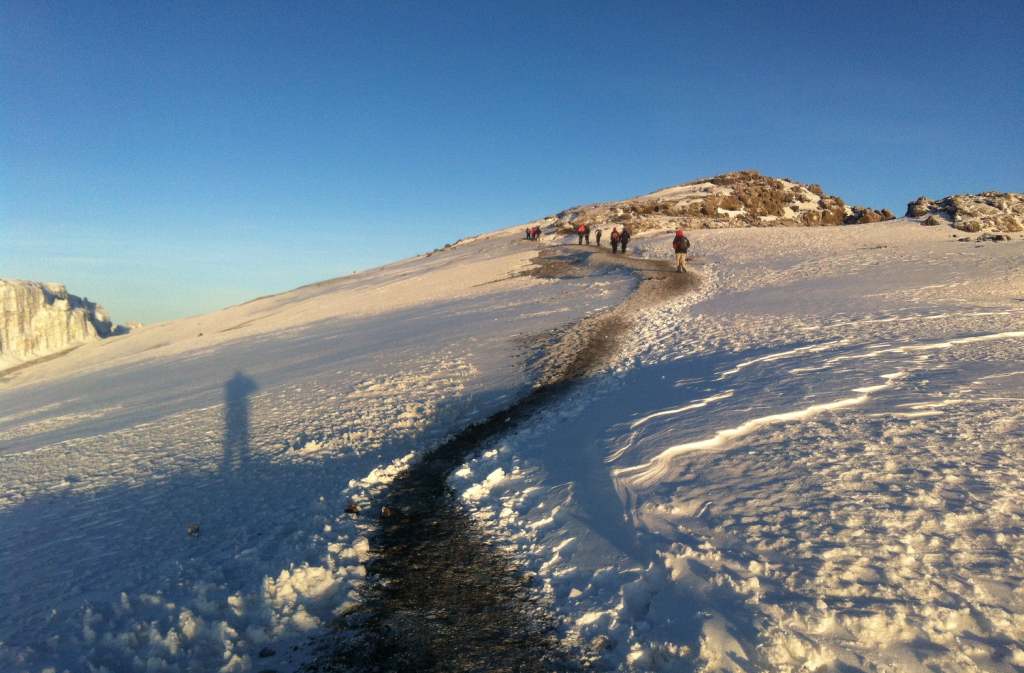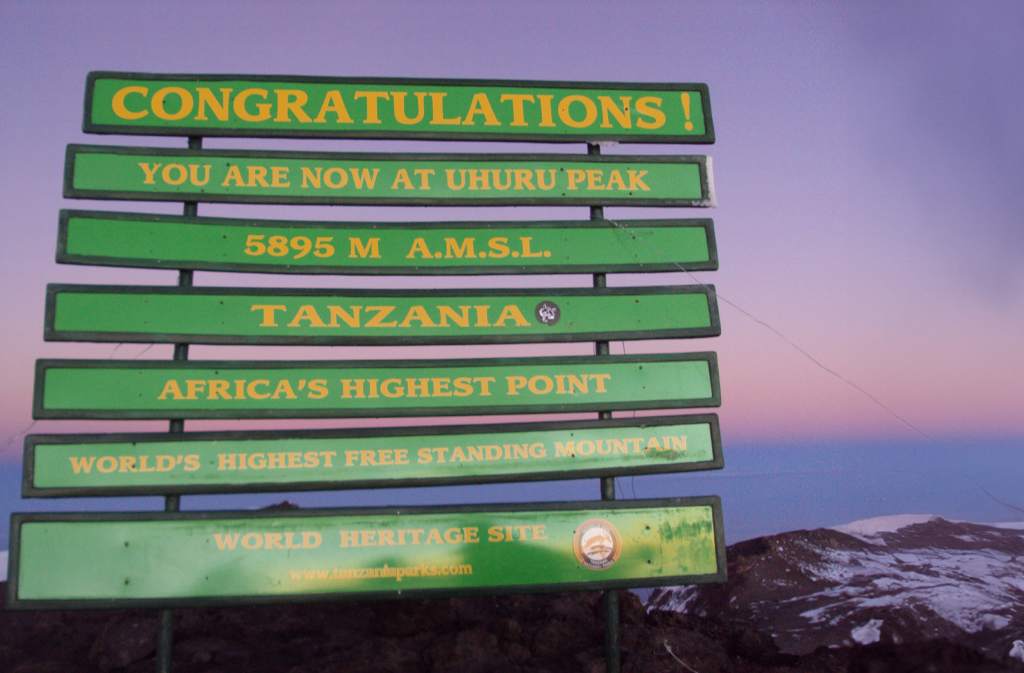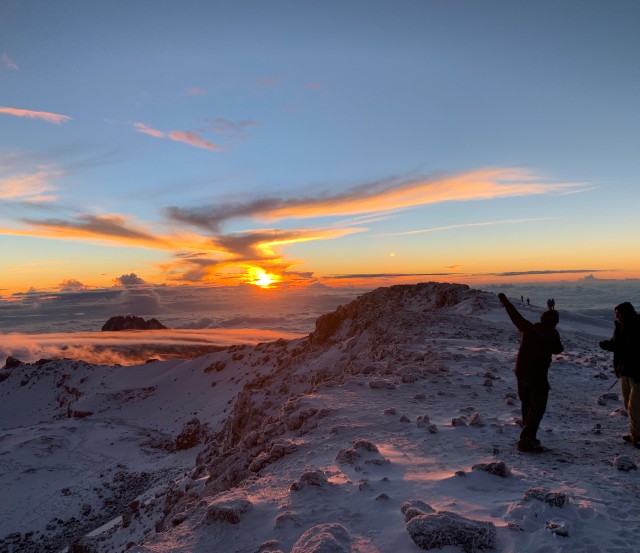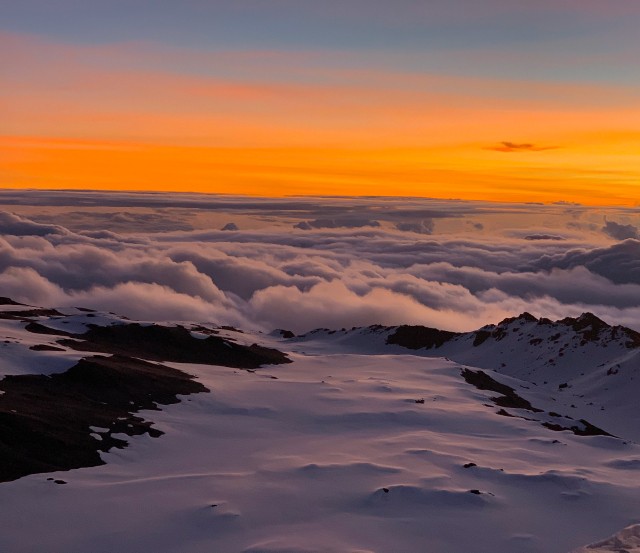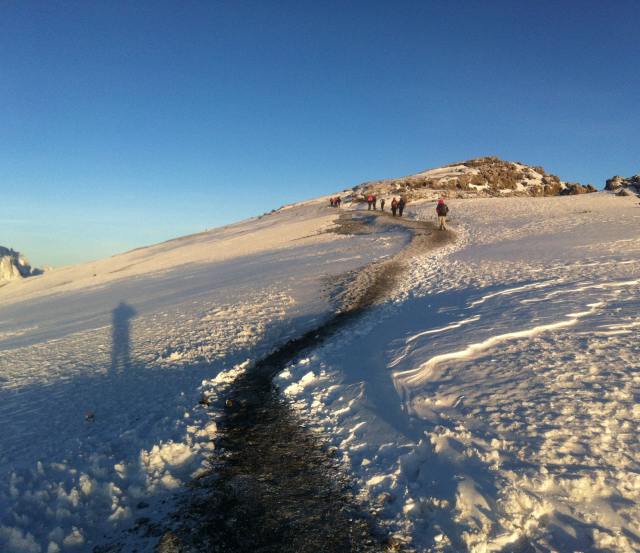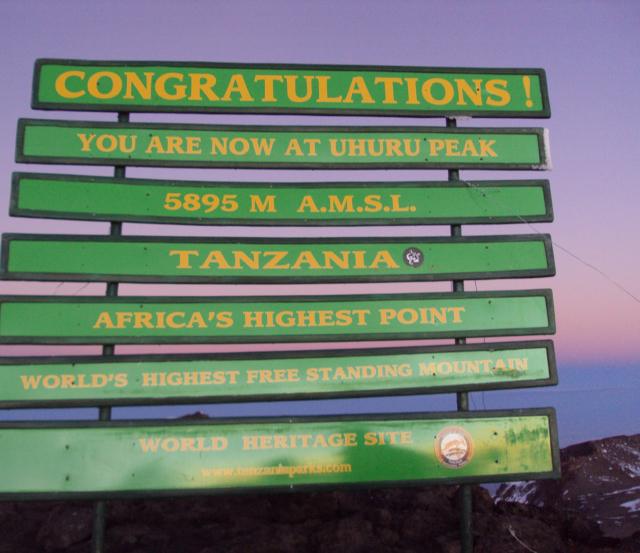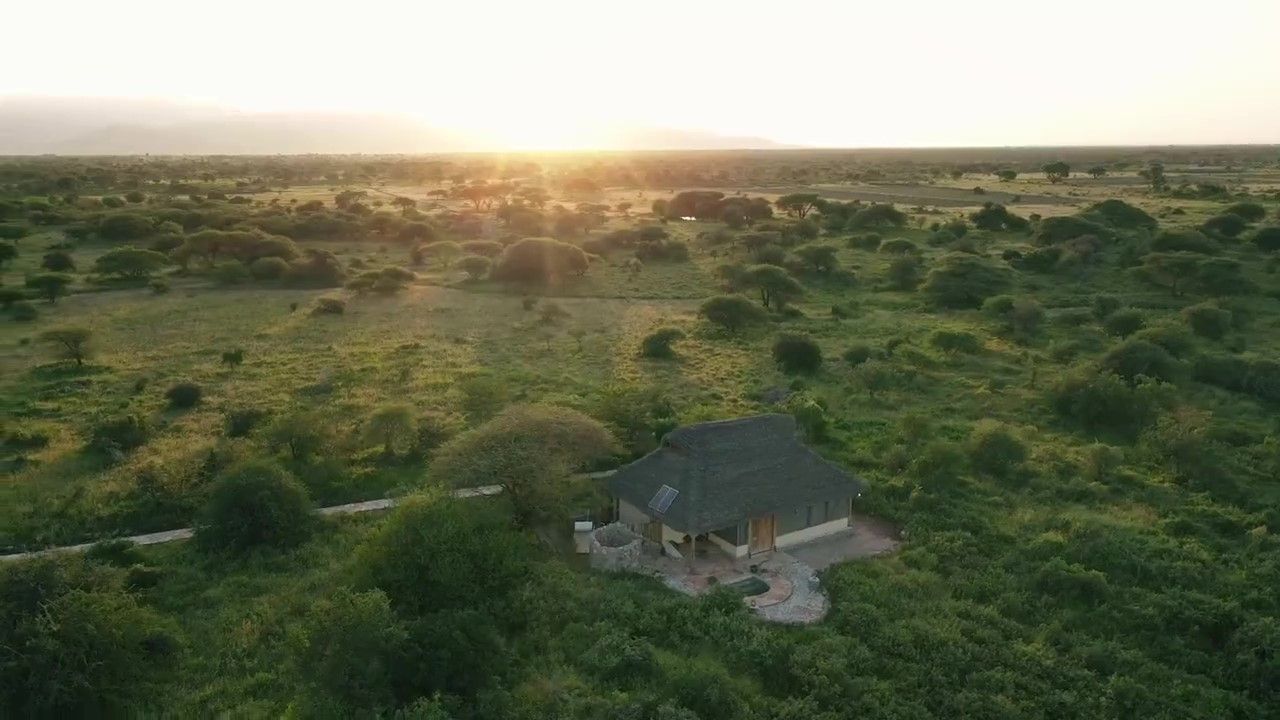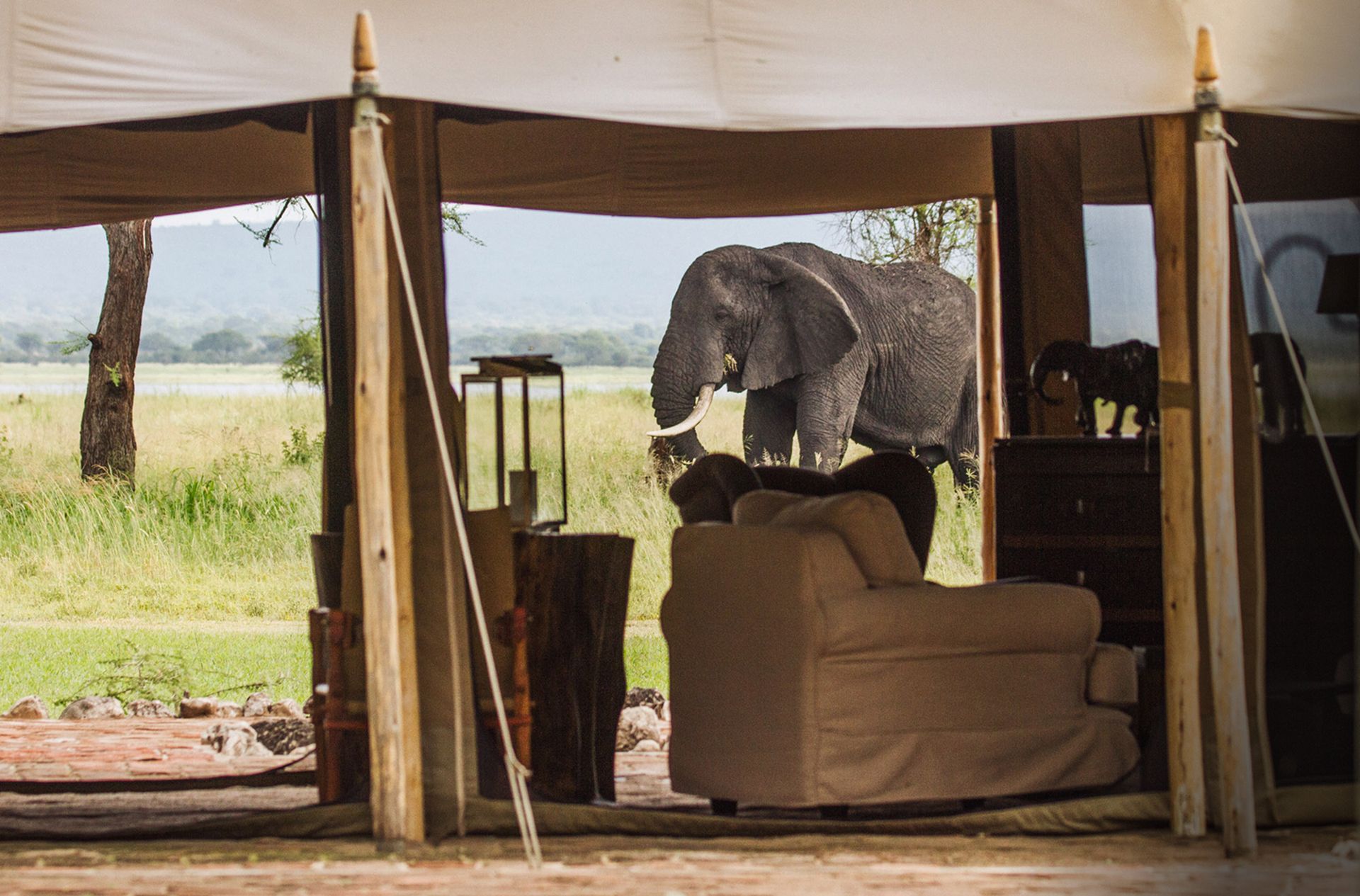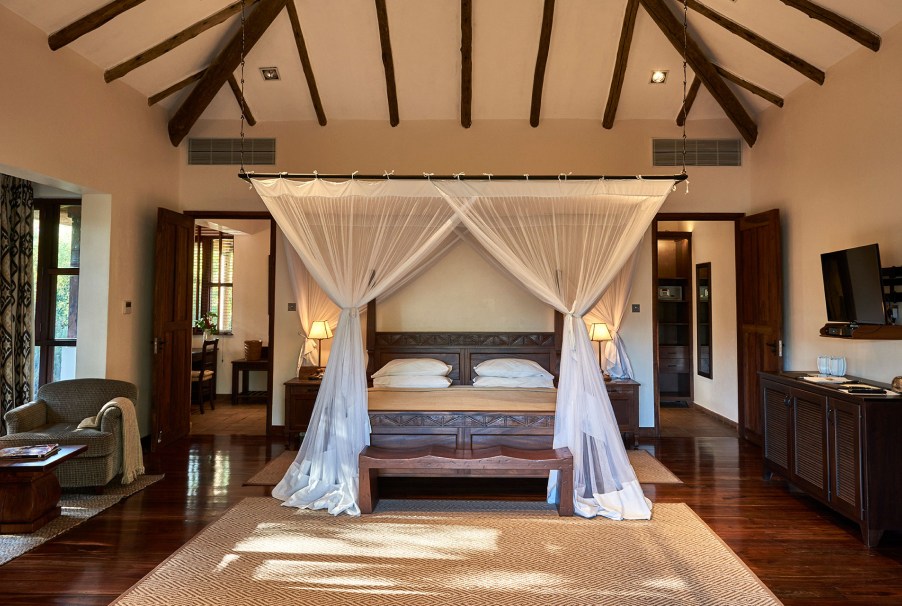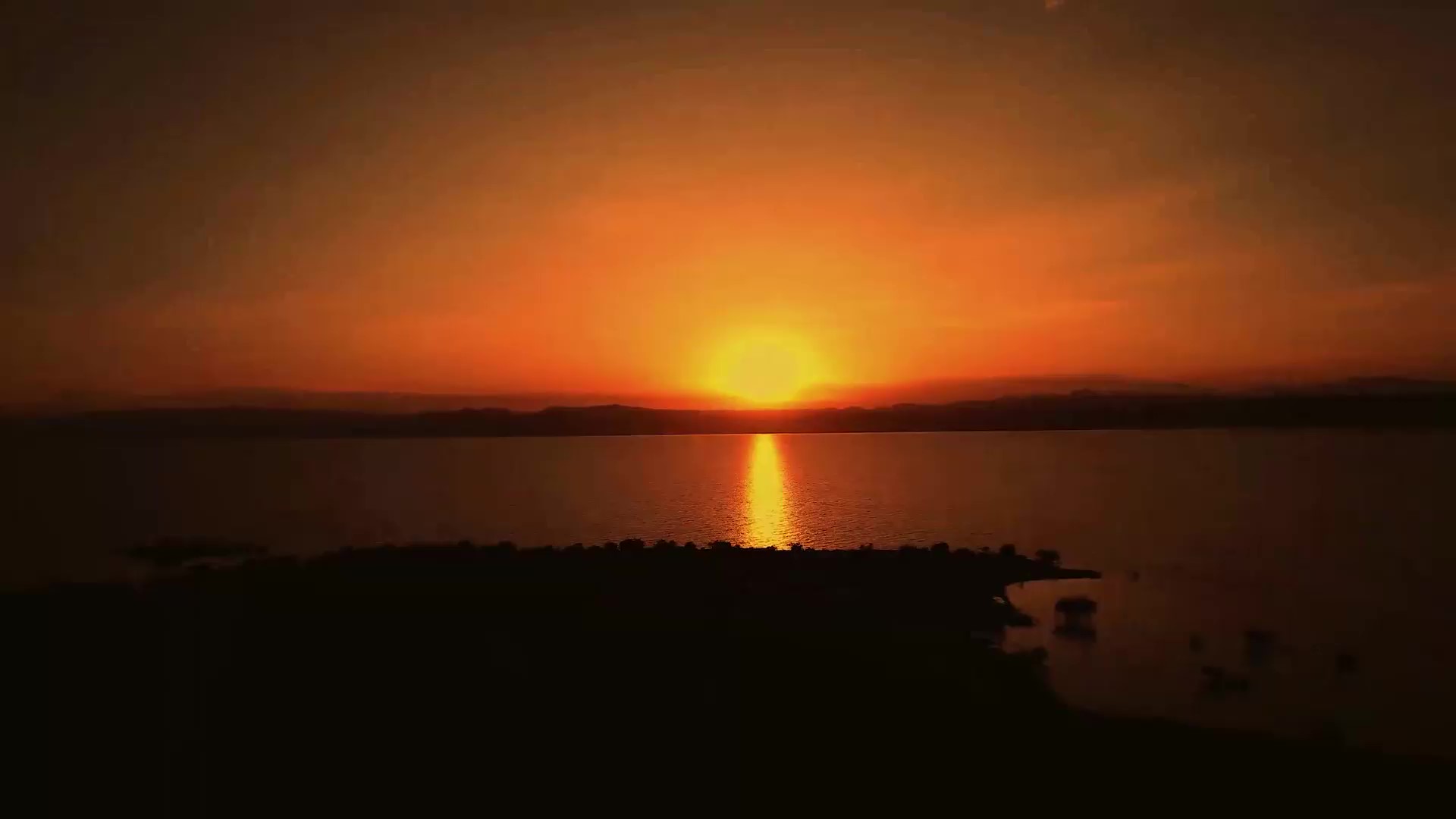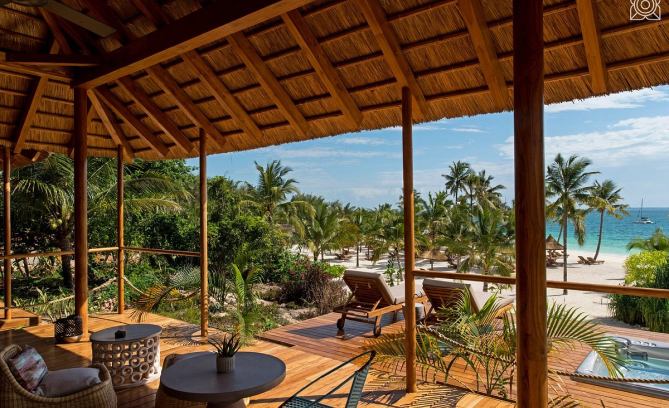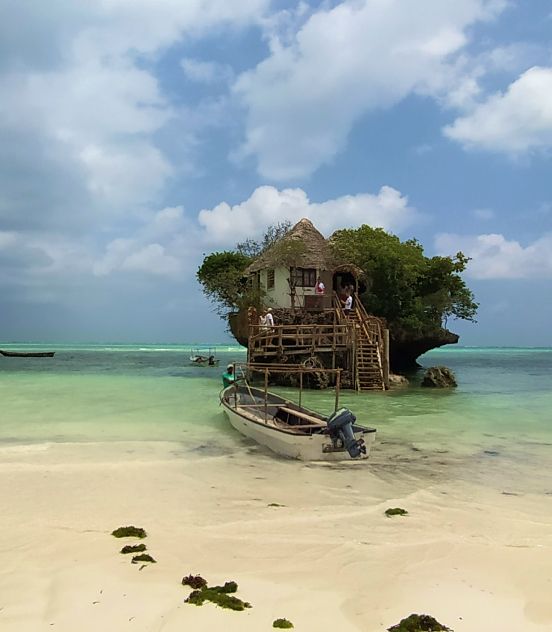Visit Kilimanjaro
nested between lakes, craters and mountains
Mount Kilimanjaro is the highest peak in Africa, made up of three extinct volcanoes: Shira (3,962 meters), Mawenzi (5,149 meters), and Kibo, which includes the Uhuru Peak (5,891 meters).
The Kilimanjaro National Park was established in 1973. It was first discovered by the German explorer Johannes Rebmann in 1848, sparking the interest of many scientists. The region later became a religious site, leading to conflicts between Protestants and Catholics. It was subsequently colonized by Germany and then by Great Britain.
Kilimanjaro is famous for its summit glacier, which is expected to disappear in the coming years. It is also considered the homeland of the Maasai pastoralists, which has led to deforestation due to their herds.
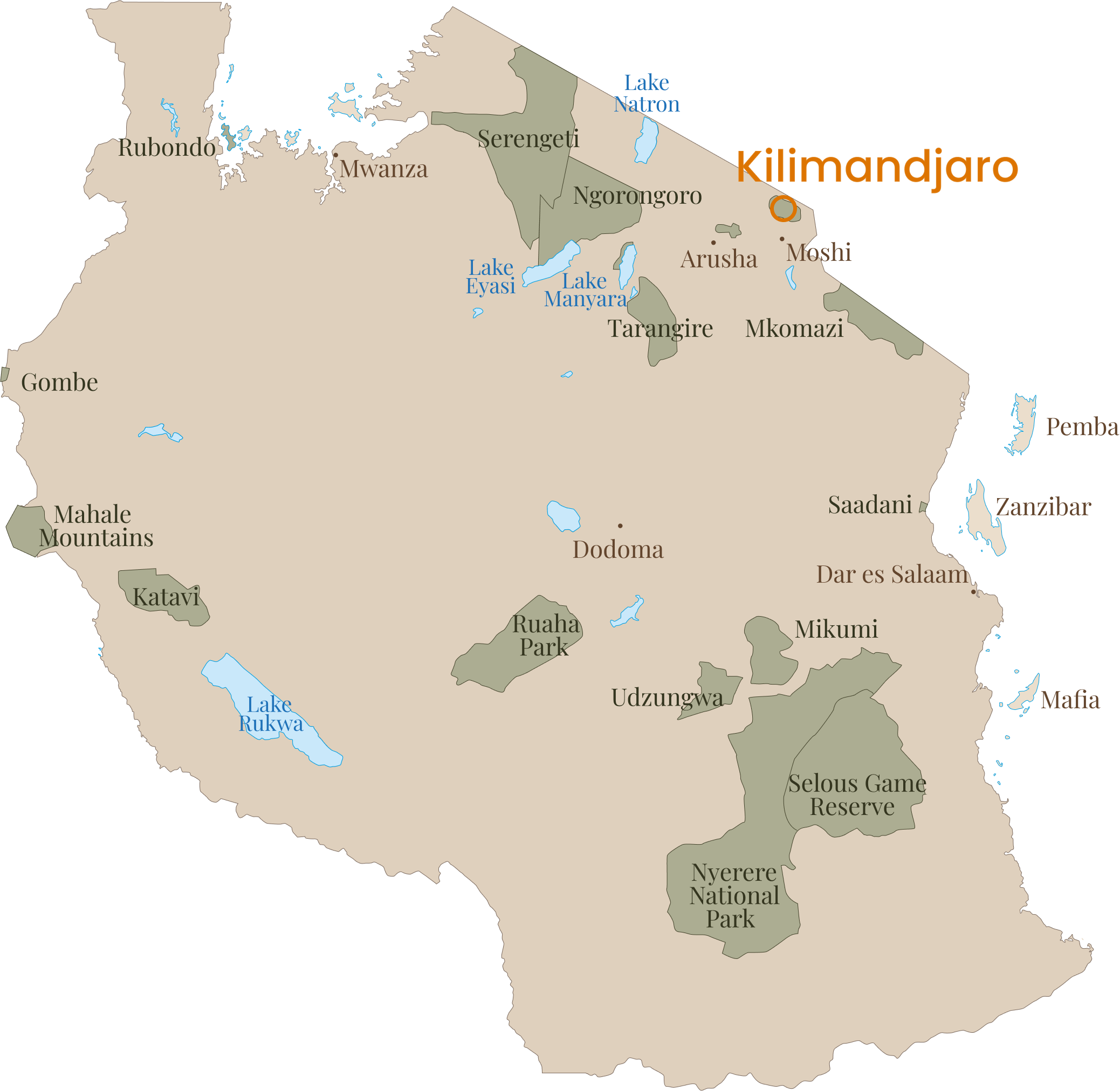
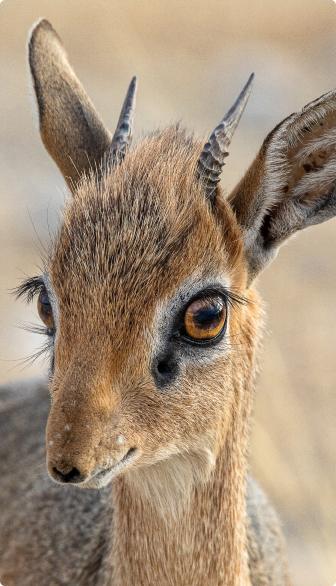
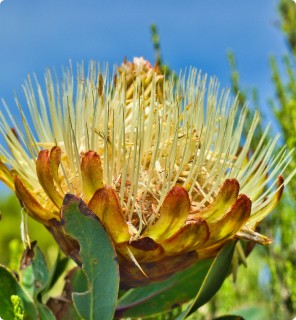
A journey to the heart of Tanzania's most beautiful landscapes.
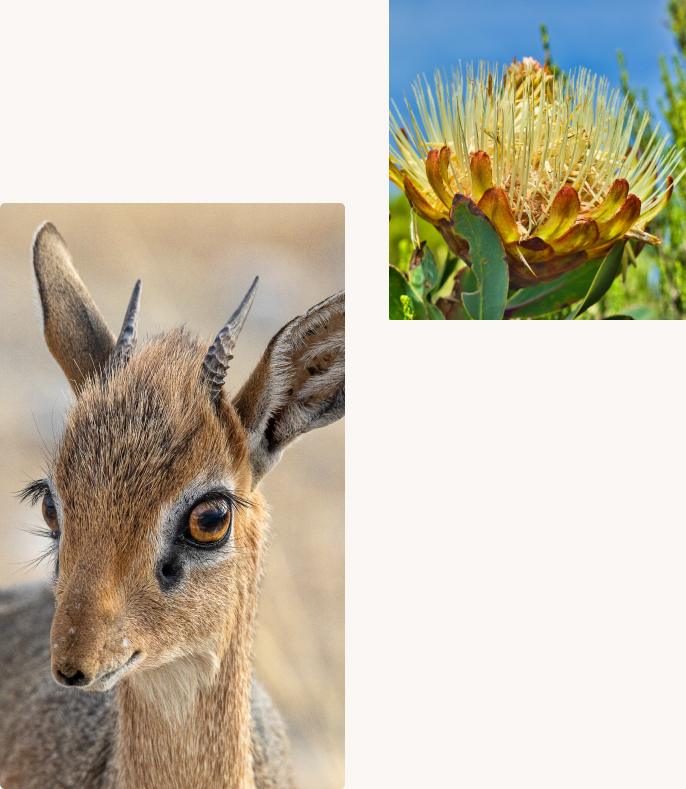
Habitat
& Animals
The vegetation of Kilimanjaro is marked by a diverse range of habitats, from savannas and flowering plants to shrubs and thorny plants. Here, you'll find a unique wildlife, including the rock hyrax, the dik-dik, and many bird species.
Look out for:
· Rock Hyrax
· Dik Dik
· Many birds
A journey to the heart of Tanzania's most beautiful landscapes.
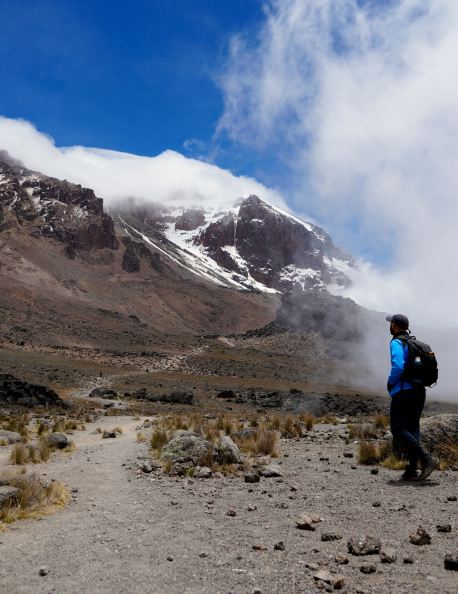
MOUNTAIN SICKNESS
Acute mountain sickness (AMS) is common and typically occurs above 2,500 meters, depending on an individual's sensitivity. Early symptoms often include headaches, dizziness, loss of appetite, insomnia, nausea, general weakness, and irritability.
AMS should be closely monitored, as it can progress to more severe conditions such as cerebral or pulmonary edema, which can be life-threatening.
Our guides are trained in detecting AMS through IFREMMONT (Institute for Research and Training in Mountain Medicine) and will make the decision to stop your ascent if symptoms are detected.
Physical training at low altitudes won’t necessarily prevent mountain sickness, as it can affect anyone regardless of fitness level.
It’s possible to undergo a hypoxia test before beginning your Kilimanjaro ascent to assess your body's ability to handle altitude.
 Ascension via the Machame Route
Ascension via the Machame Route
One of the most popular routes, offering diverse landscapes and gradual acclimatization through forests, moorlands, and steep trails.
 Ascension via the Marangu Route
Ascension via the Marangu Route
Known as the "Coca-Cola" route, this is the only path with huts for accommodation, offering a more gradual and comfortable ascent.
 Ascension via the Lemosho Route
Ascension via the Lemosho Route
A longer and less-traveled route, perfect for optimal acclimatization, passing through spectacular and wild landscapes.
 A Day Hike at the Base
A Day Hike at the Base
For those not wishing to summit, a day hike on the base trails offers a great opportunity to immerse yourself in nature.
 Hike to a Waterfall from a Village
Hike to a Waterfall from a Village
Enjoy a scenic hike from a local village to a picturesque waterfall, a wonderful way to experience the surrounding culture and nature.
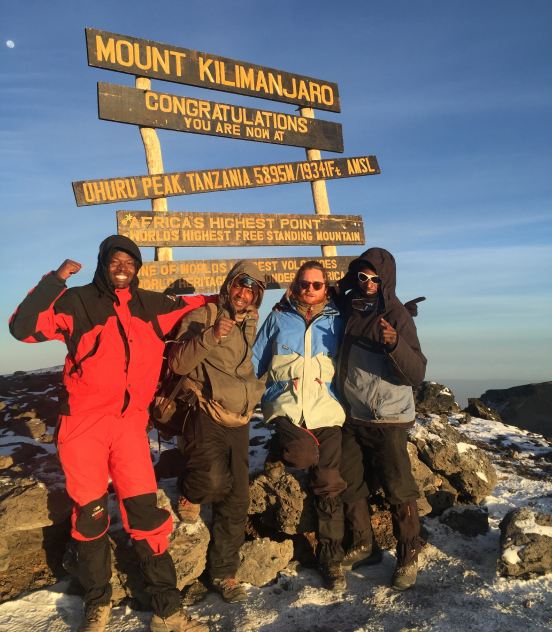
Your highlights
The challenge of the climb
The panoramic view
The intense emotion at the summit
The bond created with your team
Where to sleep
to make the most of Kilimanjaro
These accommodations
have been selected with care
by our team.
Bivouac
Bivouac
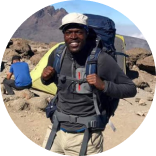
Guide's tip
“The body acclimates to high altitude, but it takes time. To avoid acute mountain sickness, we must go POLE POLE, slowly!
To support you best on this adventure, I have trained with high-altitude medicine experts in the Alps. I will be in constant contact 24/7 via satellite phone with one of the doctors from my training center.“
Abeid, Kilimanjaro Guide
Nos treks safaris
Explore our travel itineraries and get in touch to plan your tailor-made adventure.
